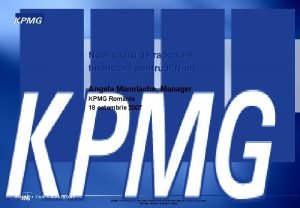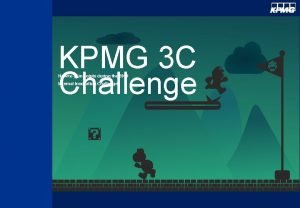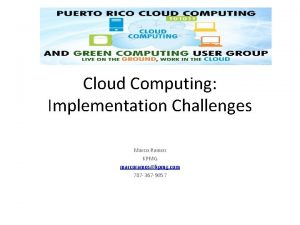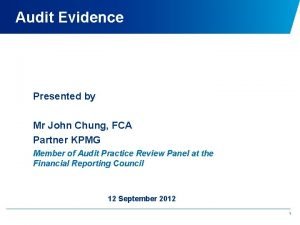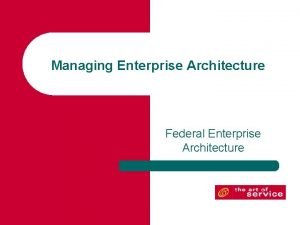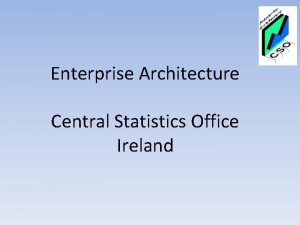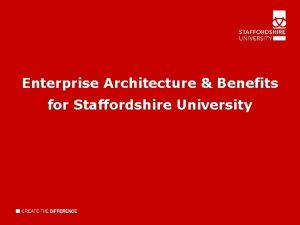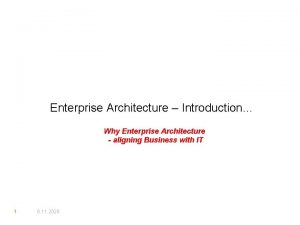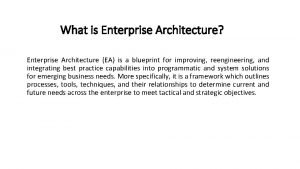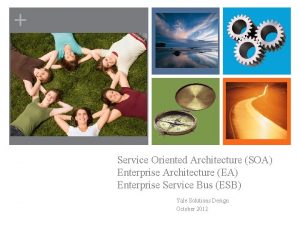Enterprise Architecture Methodology at KPMG David vun Kannon


















- Slides: 18

Enterprise Architecture Methodology at KPMG David vun Kannon Manager, Financial Services Consulting KPMG LLP 6/4/2021 1

Introduction The Problem: “I spent $500 million on IT, and all I got was this lousy source code (ERP system, etc. )!” 6/4/2021 2

Topics of Discussion Overview of enterprise architecture Our model-driven approach The relevance of XML 6/4/2021 3

Overview of Enterprise Architecture Skyscrapers are not 10, 000 doghouses stacked on top of each other. 10 K doghouses=10 K siloed apps No global planning or direction a function of the disconnect between IT and the business it supports. 6/4/2021 4

Enterprise Requirements “You start coding, I’ll get the requirements. ” NOT! Cannot overemphasize the importance of design and requirements gathering Exponentially less costly to fix mistakes at this stage. 6/4/2021 5

KPMG’s Model-Driven Approach Capture requirements Organise requirements Operationalise requirements Shadow Implementation to maintain relevance 6/4/2021 6

Leveraging the Requirements Documentation Code generation Administrivia 6/4/2021 7

The Relevance of XML UML is a visual language No consistent API Models are documents, not programs 6/4/2021 8

XMI – UML in XML Part of OMG MOF initiative A mechanically derived DTD Goal is supporting interchange 6/4/2021 9

Simple. Bank A trivial model A non-trivial script Legacy up-translation 6/4/2021 10

What This Means Separation of modeling and code generation Choose the right tool for the job Legacy support via up-translation to XMI 6/4/2021 11

XMI – Not Just For Interchange Code Generation Separating Modeling and CG The relevance of XSL 6/4/2021 12

Code Generation Traditional target of the object model’s class diagram UI - HTML Business Logic - Data structures, function stubs, directory and file structure in C++, Java, VB, etc. Persistent Storage – SQL DDL Targeted in isolation 6/4/2021 13

Separating Modeling from CG Tools do one thing well Don’t expect good code generation from a great modeler More choices from unbundled tools 6/4/2021 14

The Relevance of XSLT Tool appropriate to the task Can quickly add new targets Can tune the O-R mapping 6/4/2021 15

UML 2 SQL. XSL Generates DDL for MS SQL Server March draft XSLT and XT 6/4/2021 16

Next Steps Tremendous opportunities in code generation New targets – LDAP, DSML, UIML New Sources – sequence diagrams, statecharts, Cross tier coordination The XML messaging vocabulary Round trip engineering 6/4/2021 17

Next Steps From static to dynamic system descriptions Decorating the model with active metadata Application instrumentation Design For Change and the invalidated assumption 6/4/2021 18
